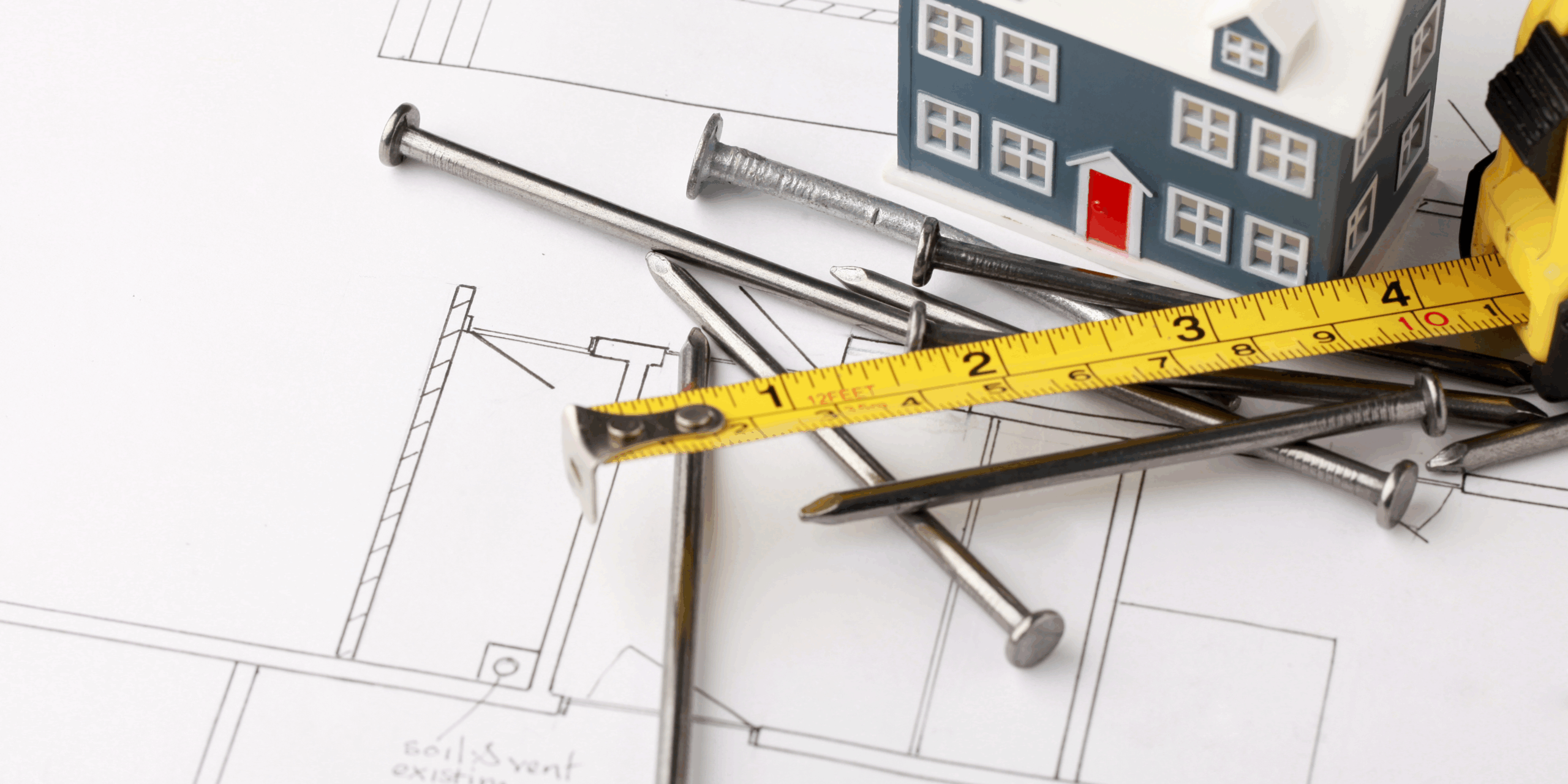

Scope of Work is one of the most critical parts of any construction contract. For many of you, they may feel like second nature, but are you sure you are covering all the bases? Throughout this blog, we will be going over all of the details of the scope of work, what they entail, best practices, and what you need to look out for. A comprehensive and accurate scope of work is one of the most important ways you can ensure you are fully covered to collect on the work you perform. Let’s take a look at the fundamentals of a scope of work.
The scope of work, sometimes known as a SOW, first begins with your bid. In general, a construction bid is a process of submitting a proposal to a general contractor or owner to undertake or manage a construction project. A construction bid should state what the job entails, as well as include an estimate for the work requested by an owner or a general contractor, and the amount of time it will take to complete. Legally, this bid is your offer to do the work stated for a specific price.
No matter the size of the job, the most important thing to know is what work you are being asked to perform. This is important to understand at the beginning so you can estimate your costs and timelines in the bid appropriately. Additionally, understanding the breadth of the job will aid in understanding the workforce that will be needed.
The importance of the bid is far-reaching. First, the bid is essential because that is your initial offer to work with the general contractor or owner. The bid explains to the owner or general contractor (GC) what you expect to accomplish, how much it will cost, and how long it will take—it defines the scope of the project. Second, the bid is important because it is the initial (not final) outline of your scope of work on the project.
Congratulations, your bid was accepted by the owner or the general contractor! This period between the owner/general contractor accepting your bid and you signing the contract are crucial. Many contractors immediately sign the contract without reviewing the documents they have received back; this can lead to significant problems down the road. You should always have a scope of work for construction project management.
The documents you receive back from an owner/general contractor are some of the most important documents on the project. The first thing you need to do is thoroughly review the documents. These documents should include the attached scope of work, the specs and drawings, and the contract between you and the owner/general contractor. If applicable, they should also include the prime contract the general contractor has with the owner.
The contract can vary from a one-pager to a 45-page document, depending on the size of the project. This document is essential because it will discuss the work definition, how the work is to be completed, and the owner/general contractor’s remedies for problems on the project. Once this contract is signed, it supersedes the scope listed on your bid. That is why it is so crucial that you double-check the contract before signing; you need to make sure the scope is exactly what you intend to do.
The second set of documents you should have access to are the specifications and drawings of the project. These documents are extremely important on a large project, like a public job. A public job could have thirty-six scopes, but within those scopes are specific areas assigned just to you. For example, the project scope statement may include electric as scope six. Then, scope six breaks out into three categories, and you only bid for one category. You must understand the defined scope to estimate your costs, timelines, and your workforce accurately.
We understand that not every project has all these documents. Still, at a minimum, it is important to have a clearly defined scope in a signed contract between you and the owner/general contractor.
What do you do if the finalized specs and drawings, and/or the scope of work for the project has changed since you submitted your bid? If that is the case, you need to be able to adjust your bid and negotiate with the general contractor or owner at this time, not later on! We know that sometimes it can be daunting to do this early on when you have just won the job, but if you do not do this now, it can lead to severe ramifications down the road.
Important fact: The bidding process is an estimation, and a lot of things can happen between the time an owner/general contractor is asking for bids and the time when a bid is accepted.
For example, an architect can change the plans, the owner can add work to the project, or the cost of materials could drastically rise. To protect yourself, your company, and your employees, it is imperative that you negotiate changes in your bid and scope of work at this point.
Now that you have thoroughly reviewed, negotiated (and agreed) to your scope of work, the timeline, and the contract between yourself and the owner/general contractor, it is time to sign!
After signing the contract, make sure to receive back a fully executed copy of the contract with signatures from both parties.
What do you do if the above steps weren’t followed correctly or fully, or what if the owner/general contractor is withholding payment because they don’t consider the job done? Many ramifications can happen if there are discrepancies in the scope. If you are stuck in one of those situations, stay tuned for our next blog to learn more about how to handle them. If you can’t wait, contact us and one of our experienced attorneys for assistance.
Karalynn Cromeens is the Owner and Managing Partner of The Cromeens Law Firm, PLLC, with over 17 years of experience in construction, real estate, and business law. A published author and passionate advocate for contractors, she has dedicated her career to protecting the businesses her clients have built. Karalynn is on a mission to educate subcontractors on their legal rights, which inspired her books Quit Getting Screwed and Quit Getting Stiffed, as well as her podcast and The Subcontractor Institute.

